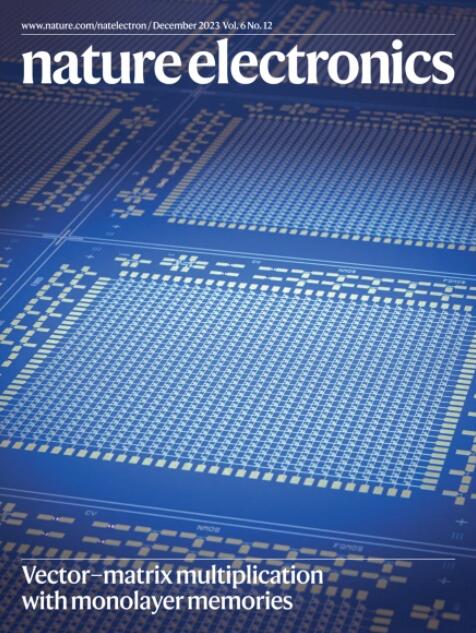一种用于个性化慢性疼痛管理的可编程和自适应超声无线植入物
IF 40.9
1区 工程技术
Q1 ENGINEERING, ELECTRICAL & ELECTRONIC
引用次数: 0
摘要
慢性疼痛治疗通常涉及阿片类药物,这与成瘾等严重副作用有关。植入式经皮电刺激器是治疗疼痛的一种很有前途的替代方法。然而,它们价格昂贵,可能在手术中造成损伤,而且通常依赖于必须定期更换的电池供电。在这里,我们报告了一种集成的柔性超声诱导无线植入式刺激器,结合疼痛检测和管理系统,用于个性化的慢性疼痛管理。动力由一个可穿戴的超声波发射器提供给刺激器。我们通过开发机器学习模型从大脑记录中对疼痛刺激进行分类,并对超声波发射器的声能进行编程,从而对电刺激的强度进行编程。在自由运动的动物模型中,植入物可以根据疼痛等级对脊髓产生有针对性的、自适应的和定量的电刺激,用于慢性疼痛管理。本文章由计算机程序翻译,如有差异,请以英文原文为准。


A programmable and self-adaptive ultrasonic wireless implant for personalized chronic pain management
Chronic pain management typically involves opioids, which are associated with severe side effects such as addiction. Implantable percutaneous electrical stimulators are a promising alternative approach to pain management. However, they are expensive, can cause damage during surgery and often rely on a battery power supply that must be periodically replaced. Here we report an integrated flexible ultrasound-induced wireless implantable stimulator combined with a pain detection and management system for personalized chronic pain management. Power is supplied to the stimulator by a wearable ultrasound transmitter. We classify pain stimuli from brain recordings by developing a machine learning model and program the acoustic energy from the ultrasound transmitter and therefore the intensity of electrical stimulation. We show that the implant can generate targeted, self-adaptive and quantitative electrical stimulations to the spinal cord according to the classified pain levels for chronic pain management in free-moving animal models. An implantable ultrasound-induced wireless electrical stimulator and a machine learning-based pain classifier can generate programmable, closed-loop based self-adaptive electrical stimulation to the spinal cord to manage chronic pain.
求助全文
通过发布文献求助,成功后即可免费获取论文全文。
去求助
来源期刊

Nature Electronics
Engineering-Electrical and Electronic Engineering
CiteScore
47.50
自引率
2.30%
发文量
159
期刊介绍:
Nature Electronics is a comprehensive journal that publishes both fundamental and applied research in the field of electronics. It encompasses a wide range of topics, including the study of new phenomena and devices, the design and construction of electronic circuits, and the practical applications of electronics. In addition, the journal explores the commercial and industrial aspects of electronics research.
The primary focus of Nature Electronics is on the development of technology and its potential impact on society. The journal incorporates the contributions of scientists, engineers, and industry professionals, offering a platform for their research findings. Moreover, Nature Electronics provides insightful commentary, thorough reviews, and analysis of the key issues that shape the field, as well as the technologies that are reshaping society.
Like all journals within the prestigious Nature brand, Nature Electronics upholds the highest standards of quality. It maintains a dedicated team of professional editors and follows a fair and rigorous peer-review process. The journal also ensures impeccable copy-editing and production, enabling swift publication. Additionally, Nature Electronics prides itself on its editorial independence, ensuring unbiased and impartial reporting.
In summary, Nature Electronics is a leading journal that publishes cutting-edge research in electronics. With its multidisciplinary approach and commitment to excellence, the journal serves as a valuable resource for scientists, engineers, and industry professionals seeking to stay at the forefront of advancements in the field.
 求助内容:
求助内容: 应助结果提醒方式:
应助结果提醒方式:


